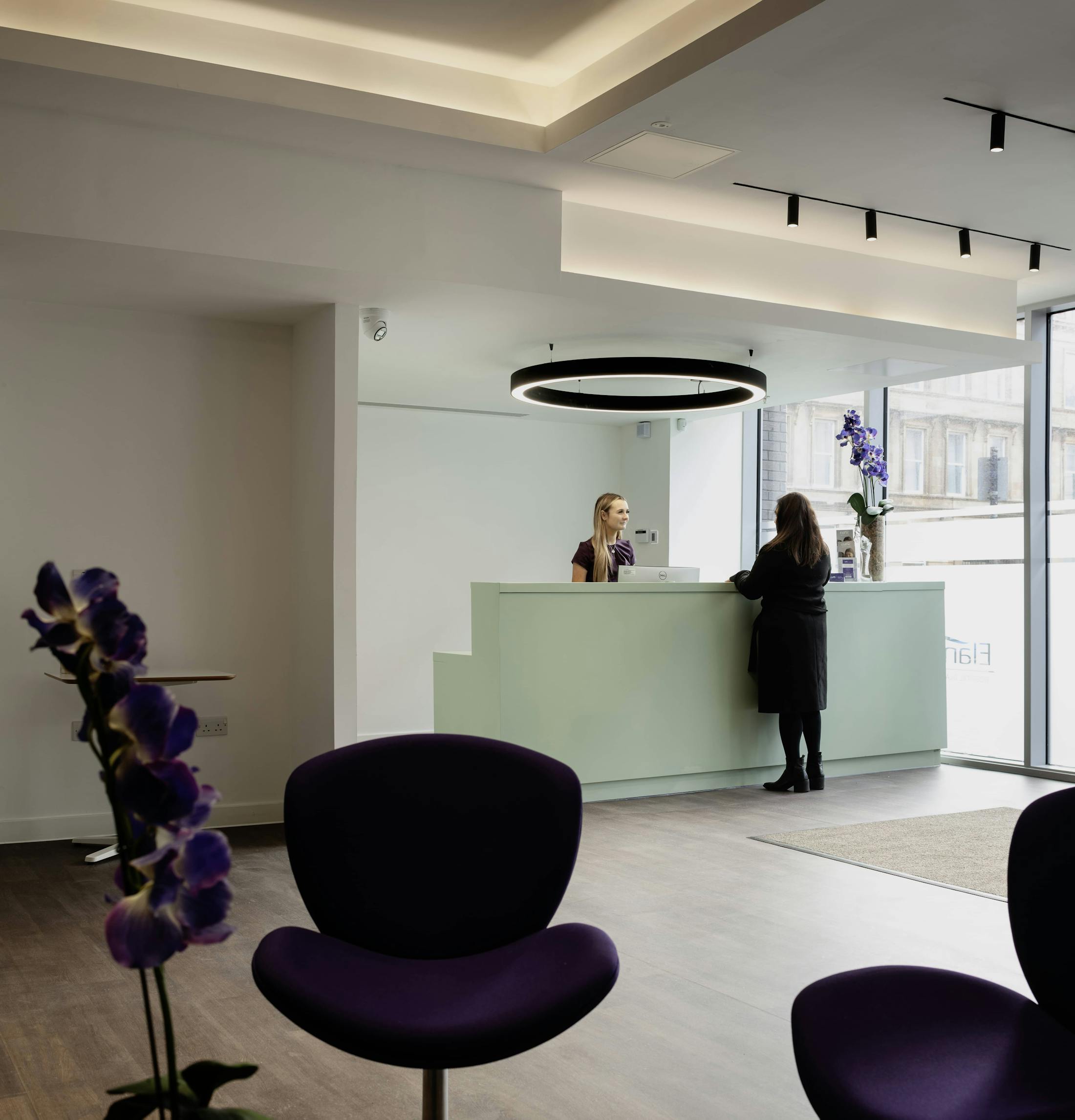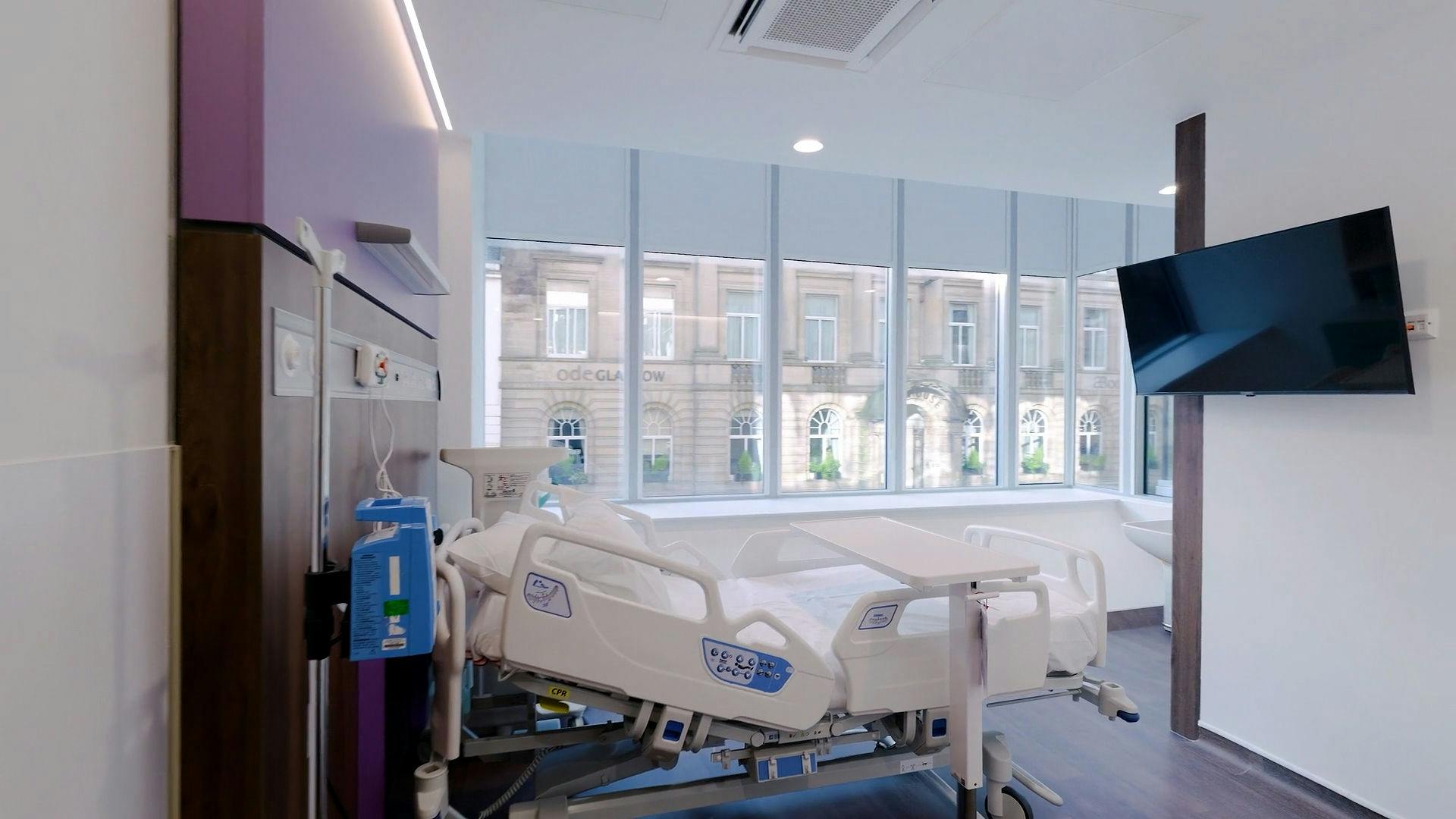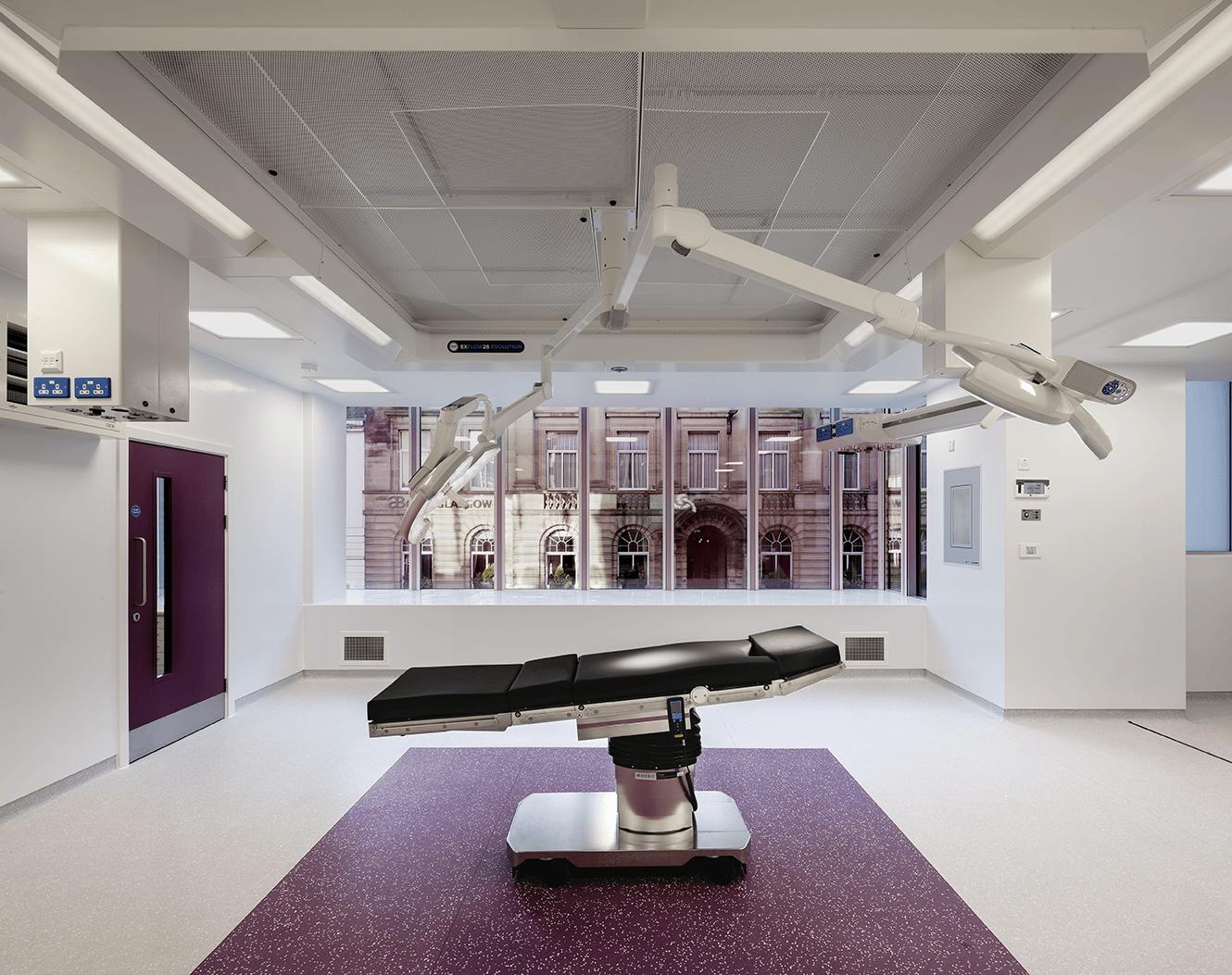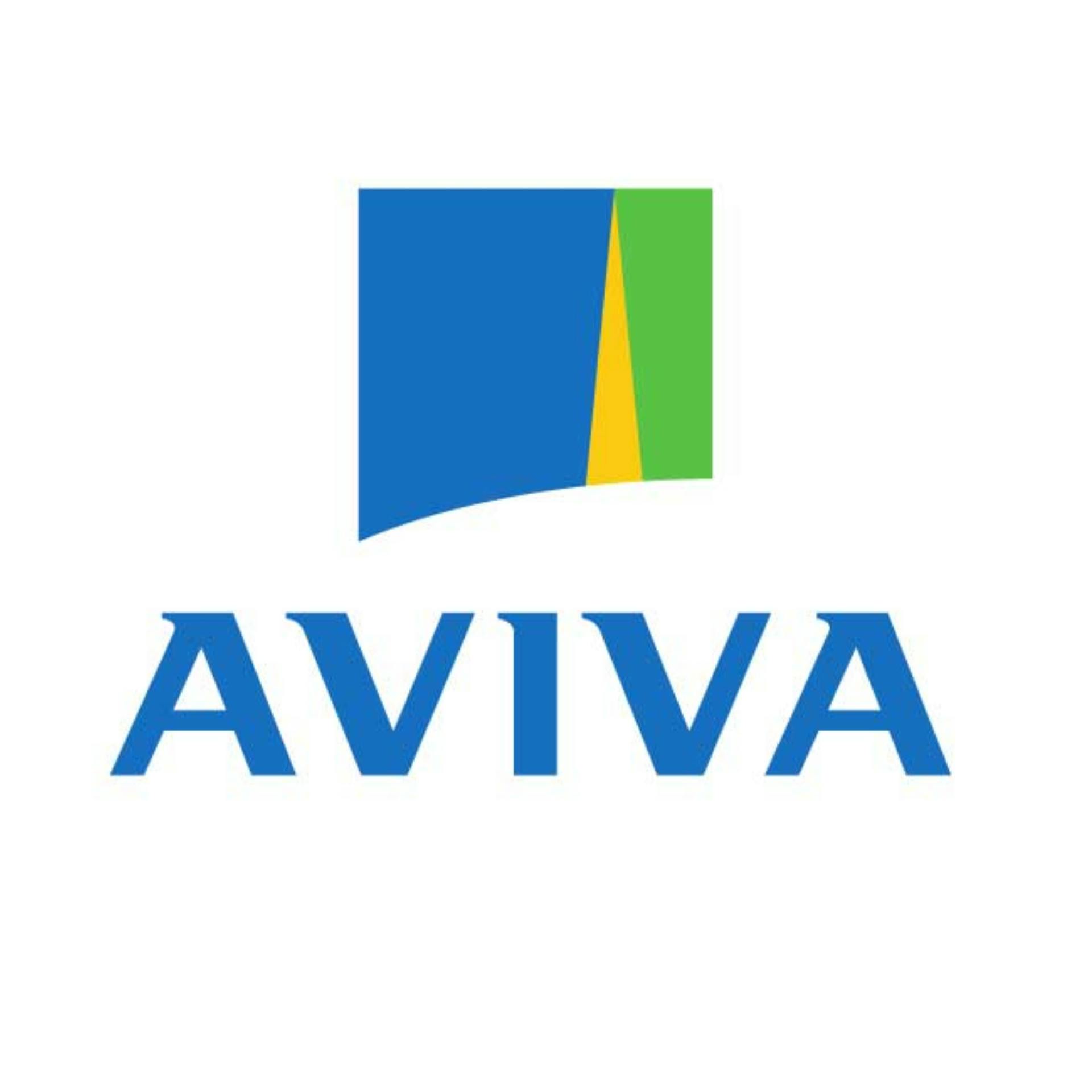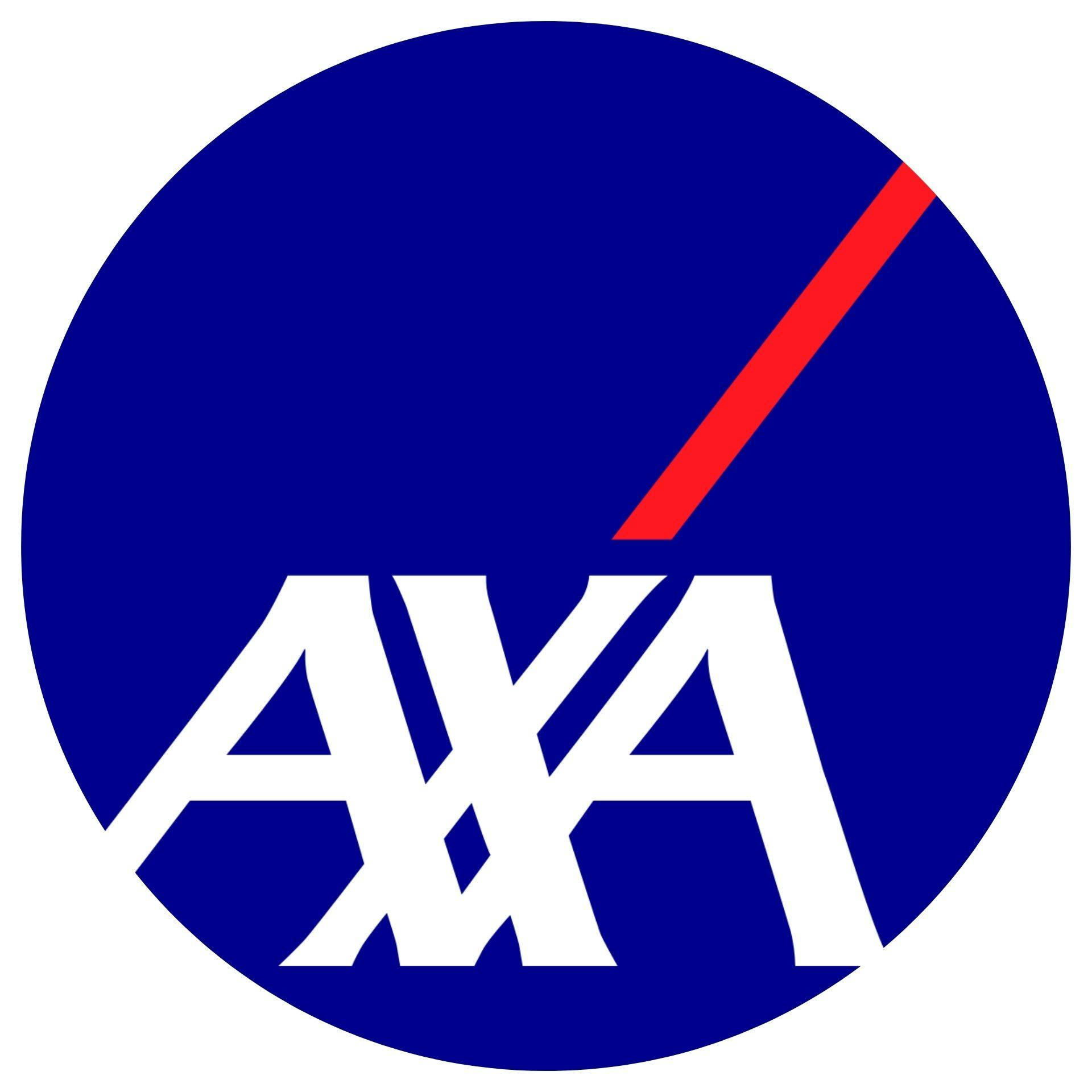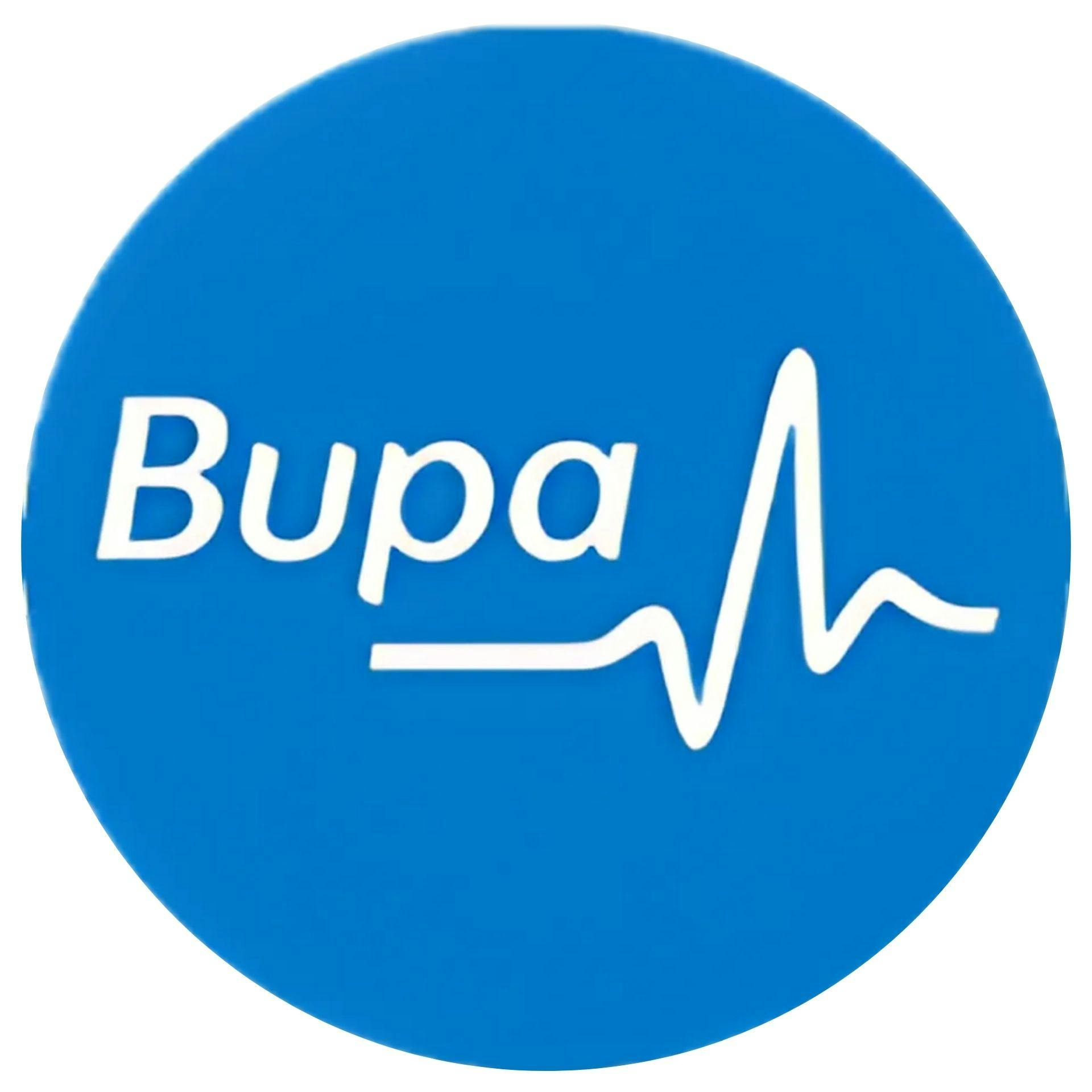Laparoscopic hernia repair in Glasgow offers patients a minimally invasive alternative to traditional hernia repair surgery, with minimal scarring and a reduced recovery period.
Laparoscopic hernia repair is a minimally invasive surgical technique used to treat hernias. It involves making small incisions in the abdomen and inserting a laparoscope, a thin tube with a camera and light, to view the hernia and surrounding tissues.
The surgeon then uses small instruments to repair the hernia from within the abdomen.
This technique has become increasingly popular in recent years due to its many benefits over traditional open surgery. Laparoscopic hernia repair typically results in less pain, scarring, and a quicker recovery time.
Patients are often able to return to normal activities sooner than with open surgery, along with a number of additional benefits.
Elanic Medical is a top-of-the-line medical center offering Glasgow some of the most advanced equipment and technology in the area’s newest private hospital. Our team was handpicked to offer our patients a truly elevated experience, and we’re excited to learn more about how we can help you enjoy lasting health. When you’re ready to get started, reach out to our Glasgow location and set up your consultation today.





